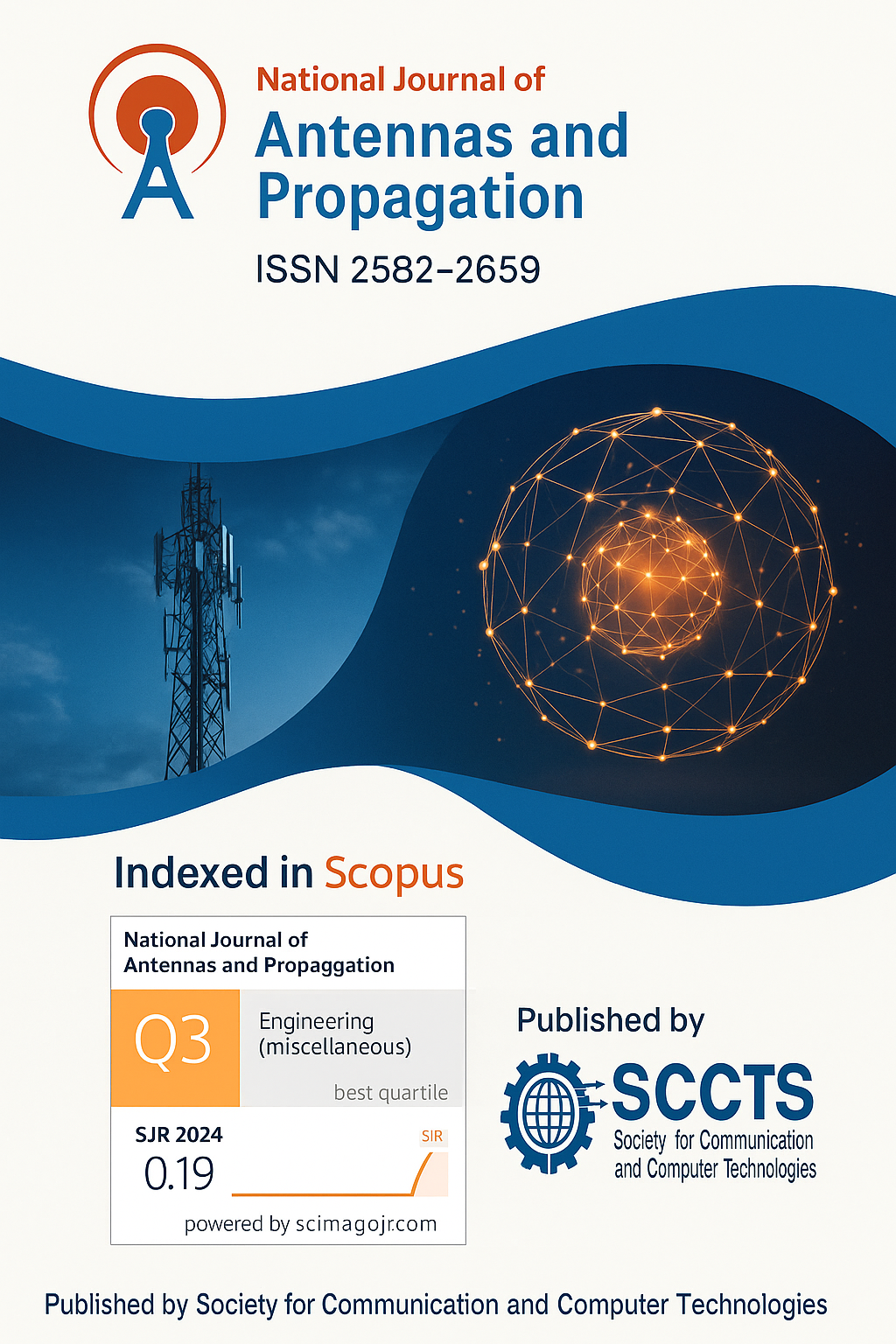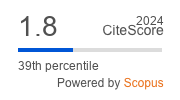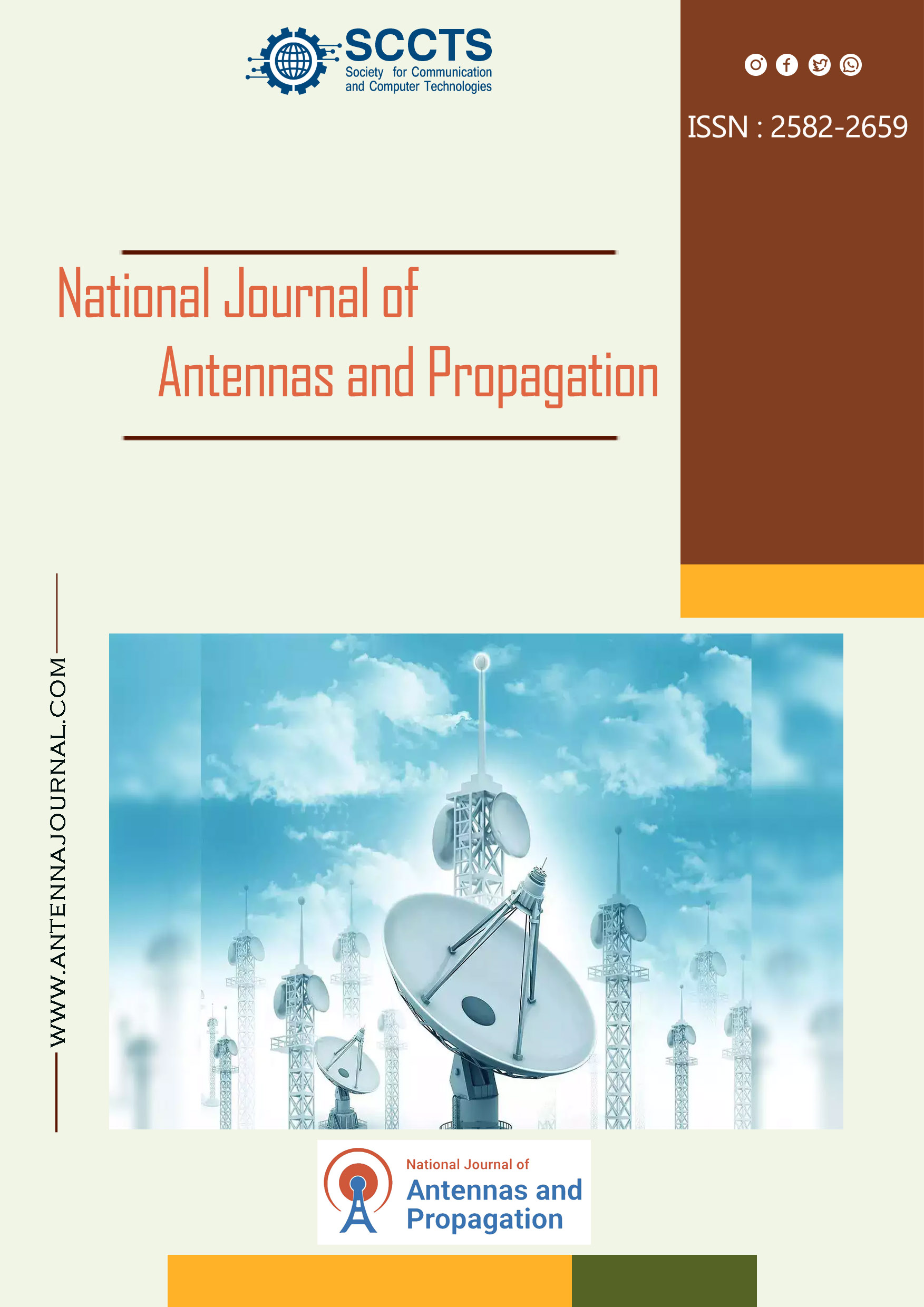Improve Network Lifetime in WSN Through Cooperative Cross-Layer Isolation Method
DOI:
https://doi.org/10.31838/NJAP/07.01.23Keywords:
Wireless Sensor Network (WSN), Cooperative Sink Isolation (CIS), Route Table (RT), Network lifetime maximization Data, Transmission Support Measure Cross-layer.Abstract
Wireless Sensor Networks (WSN) is a data exchange network that has achieved tremendous growth in modern communications. The popularity of WSNs is due to the large number of sensor nodes transmitting data in densely populated areas. High traffic, delay, and bandwidth use cause energy loss and shorten WSN transmission lifetimes in multi-hop networks. Fewer energy consumption and improper routing lead to data loss while monitoring received signals. To tackle this problem, this paper introduces the Cooperative Sink Isolation (CIS) and Multi-hop Topology Driven Clustering Approach (MTDCA) techniques for enhanced Energy Aware Life Time Maximization (EALTM) in WSNs. The method retains records of exchanges carried out by sensor nodes in various duty cycles. It considers the past communications in the Routing Table (RT) and the energy levels of other nodes. The Traffic Aware Neighbour Discovery (TAND) technique is used to identify each node’s traffic. Then, the Data Transmission Support Measure (DTSM) method analyses the network data communication support estimation. Next, the MTDCA technique is used to find the Cluster Head (CH) for data transmission in the network. Finally, the CIS algorithm improves the Network Lifetime (NL) based on elected CH. It boosts energy levels, extends data transmission lifetime in WSN, and delivers optimal performance at efficient energy levels. Therefore, the proposed method achieved a high throughput performance packet delivery ratio with less energy consumption than other methods.











